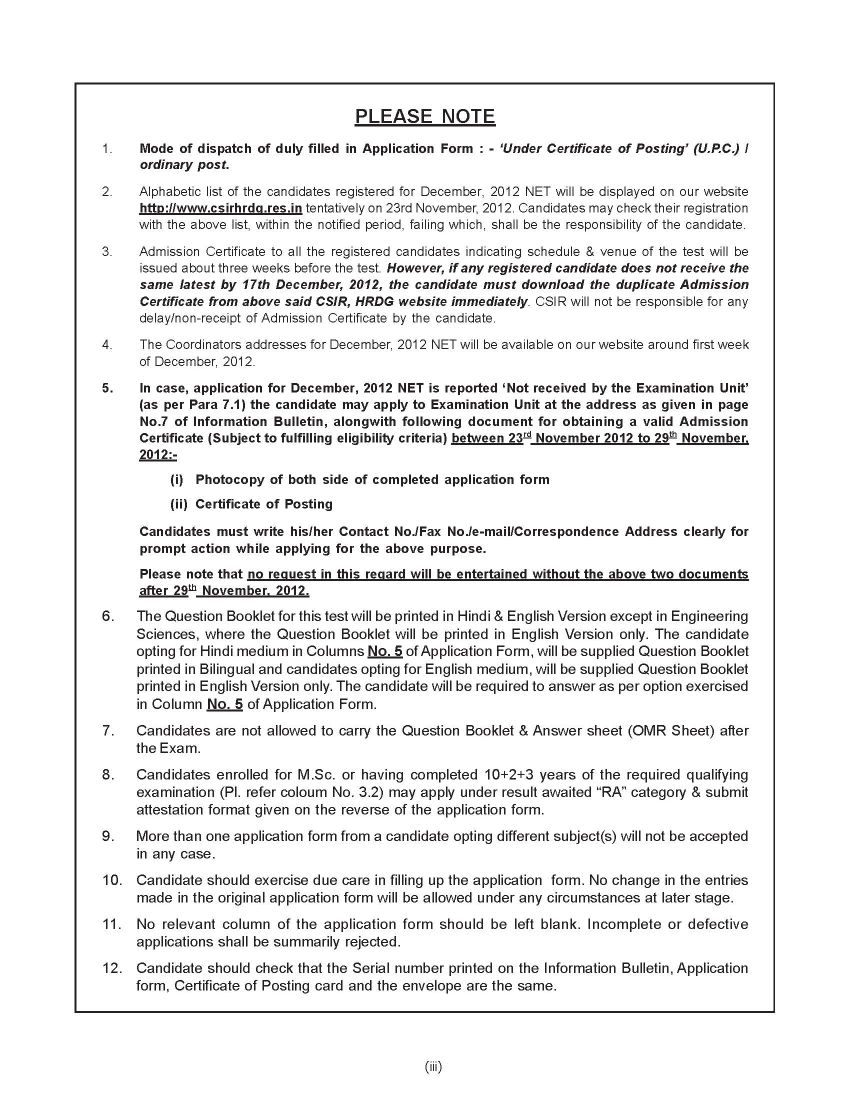|
#2
7th October 2014, 12:03 PM
| |||
| |||
| Re: Relaxation to OBC Students in CSIR NET
Yes , relaxation for the OBC category students is given in CSIR NET Exam. CSIR UGC NET Eligibility: 1.Applicant should have a degree from one of following : BS-4 years program / BE / BTech / BPharma / MBBS / Integrated BS – MS / MSc or equivalent degree with at least 55% marks for general and OBC ( 50% for SC / ST candidates, physically and Visually Handicapped candidates ). 2. Applicant enrolled for M.Sc or having completed 10+2+3 years of the above qualifying examination are also eligible to apply 3.Applicant who have BSc ( Hons ) or equivalent degree or students enrolled in Integrated MS-PhD program with at least 55% marks for general and OBC candidates; 50% marks for SC / ST candidates, physically and visually handicapped candidates are also eligible to apply. 4.Age limit : For JRF ( NET ) : Maximum 28 years ( upper age limit may be relaxed up to 5 years in case of candidates belonging to SC / ST / OBC, Physically handicapped / Visually handicapped and female applicants ). For LS ( NET ) : No upper age limit. for more detail I am here attached a file you can download it from here.     |